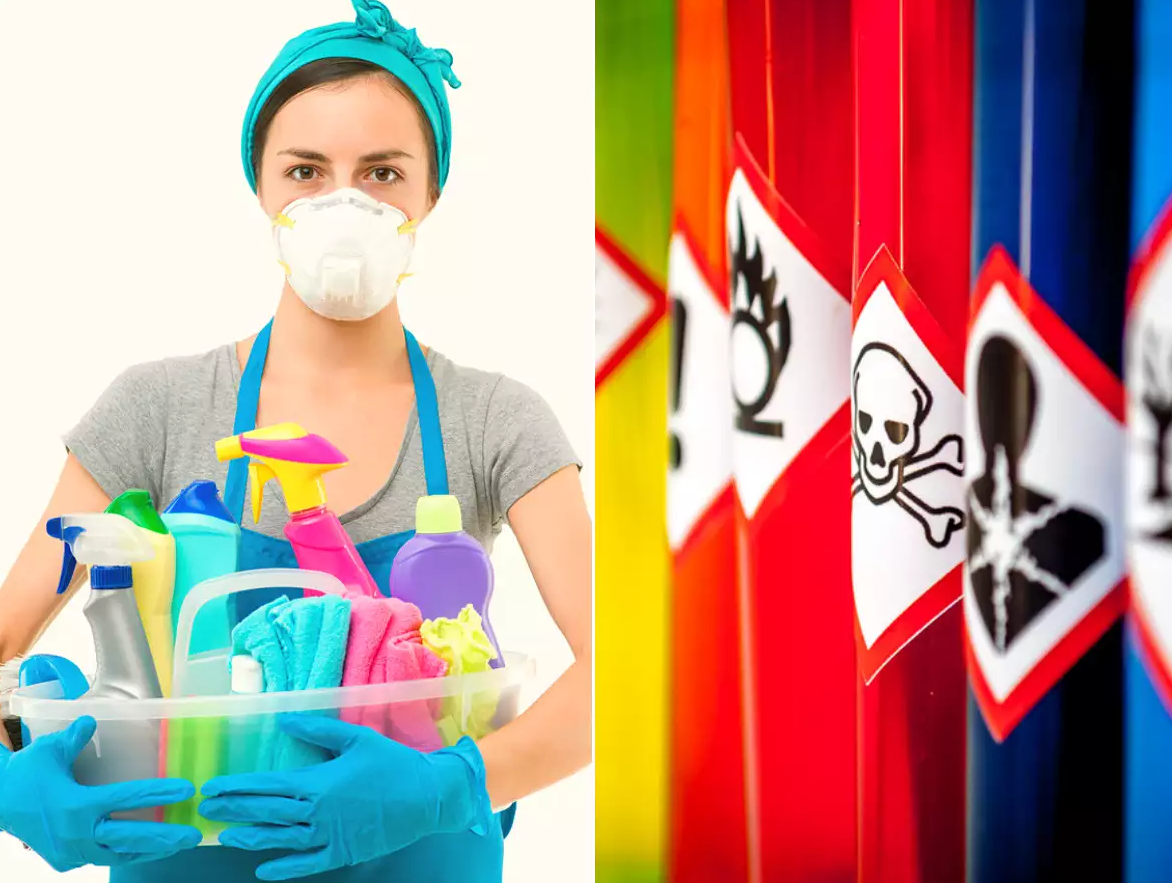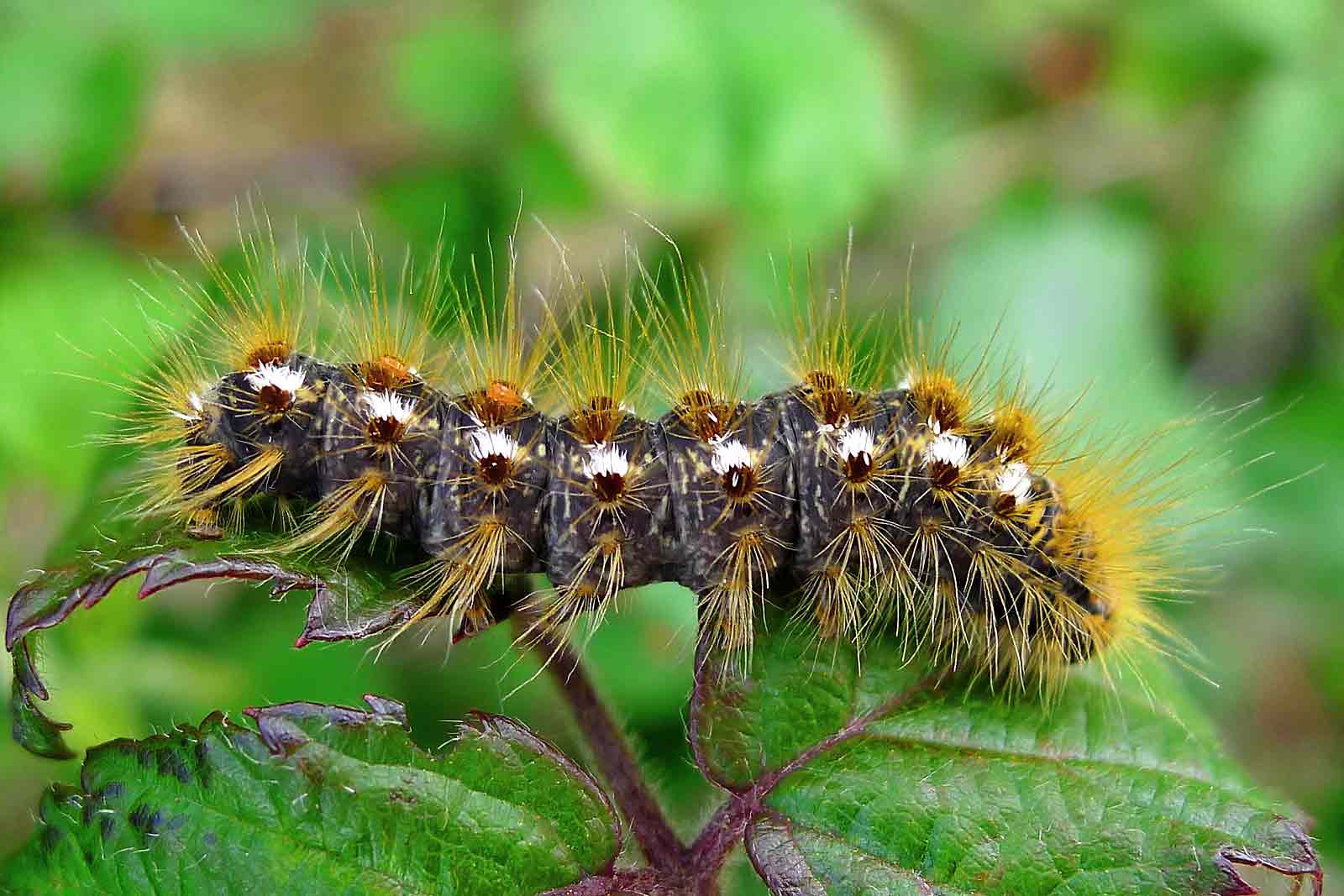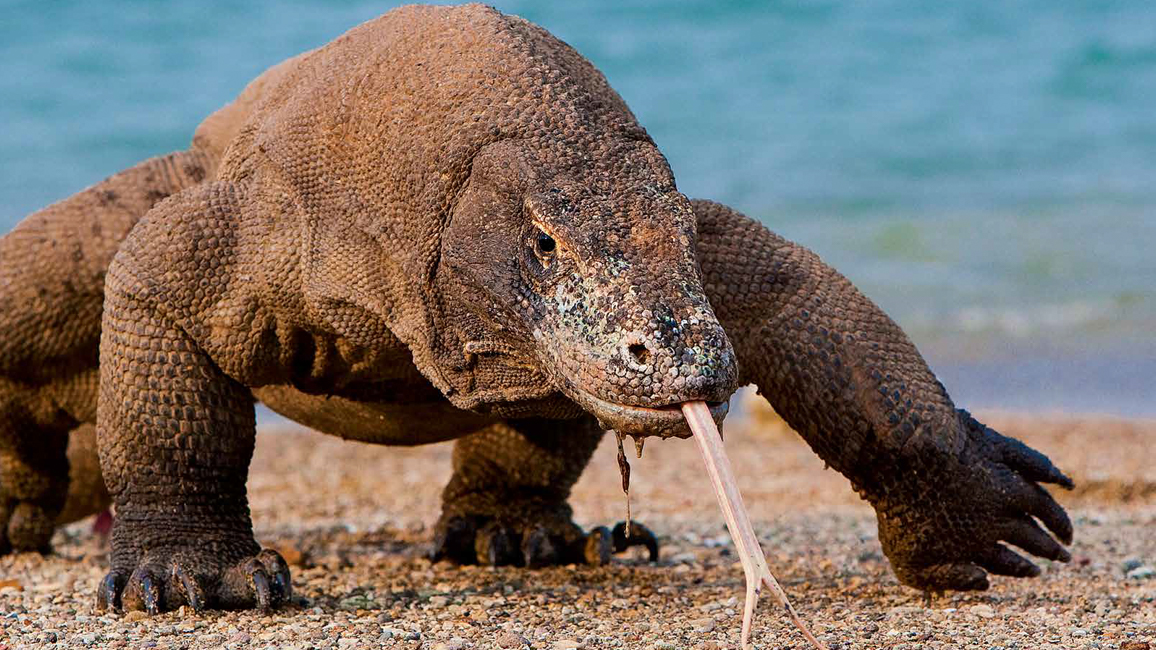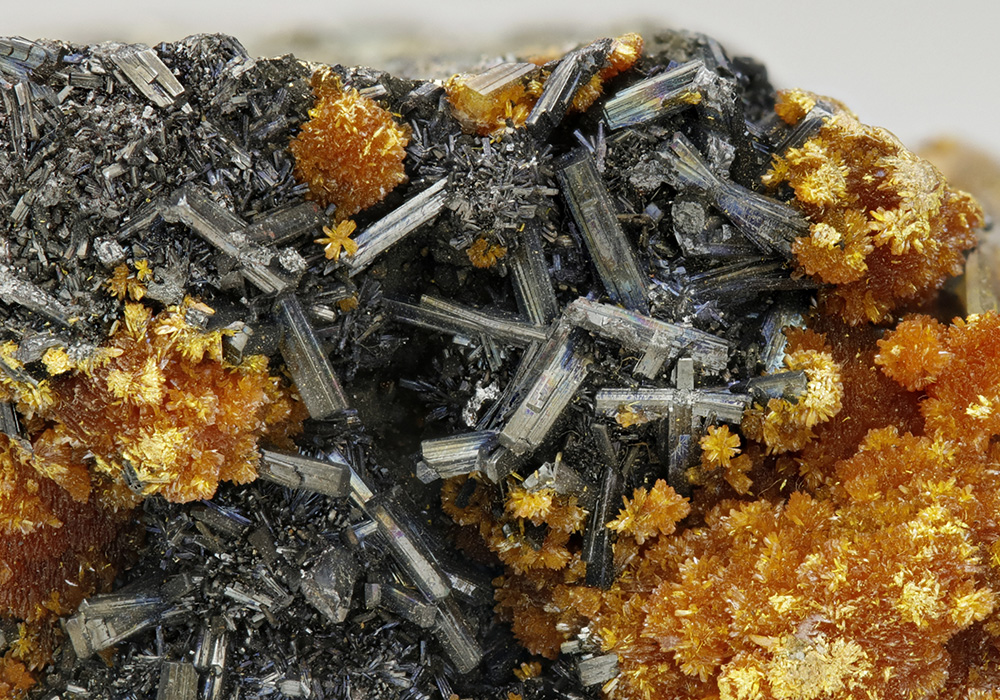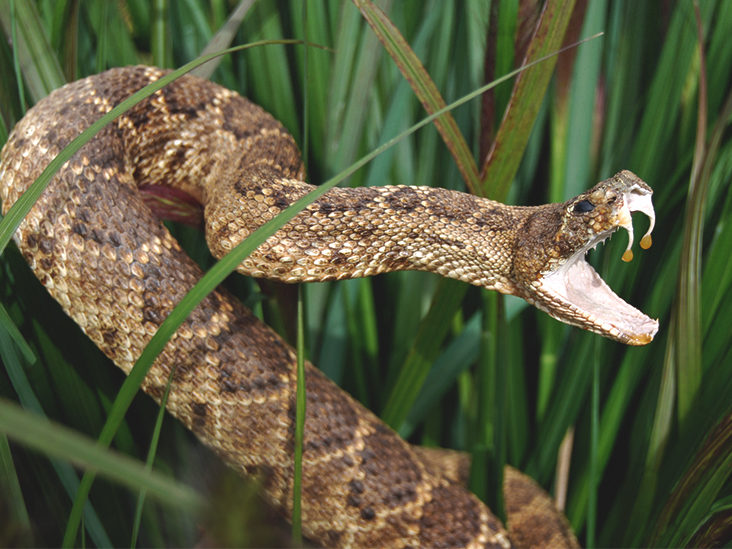Common and Dangerous Poisons Found in Everyday Life
In biochemistry, a poison is defined as any substance—whether natural or synthetic—that can damage living tissue and cause harmful or even fatal effects in the human body. The way a poison enters the body is just as important as the substance itself. A chemical may be dangerous when swallowed, inhaled, absorbed through the skin, or injected directly into the bloodstream. Each route of exposure changes how quickly and severely the body is affected.

